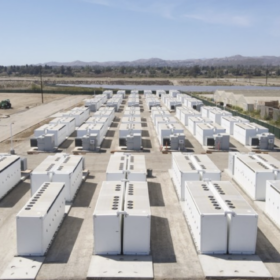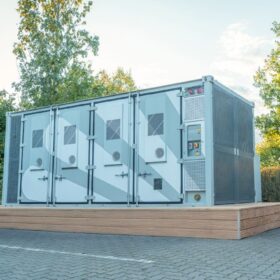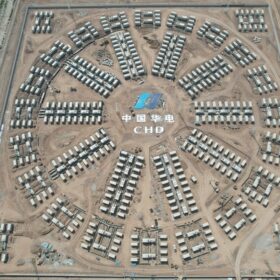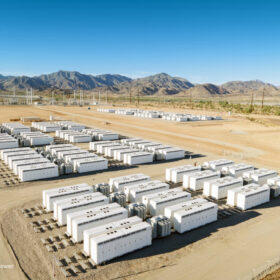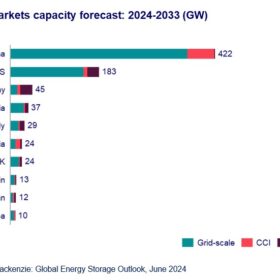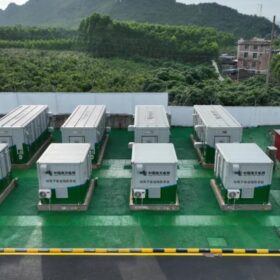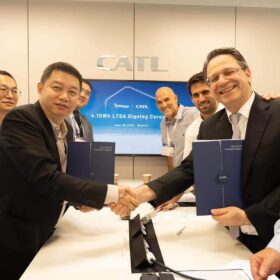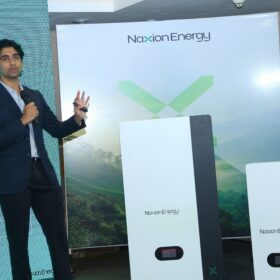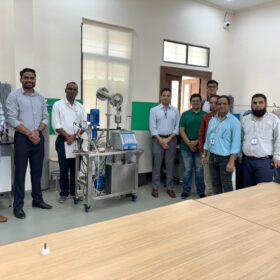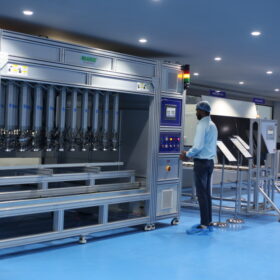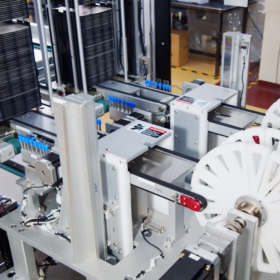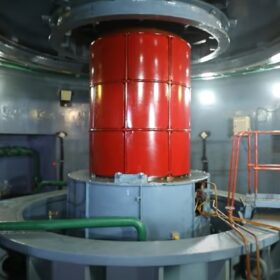LG Chem, Sinopec to jointly develop sodium-ion battery materials
With investment in the sodium-ion battery sector rebounding in 2025 after last year’s slowdown, two chemical heavyweights are partnering to develop cathode and anode materials for the emerging technology.
Operational faults cut returns in 19% of battery storage projects
A recent report from battery intelligence firm Accure reveals that while most battery energy storage systems operate reliably, nearly 19% of projects experience reduced returns due to technical issues and unplanned downtime.
Europe’s largest sodium-ion battery installation goes live
Switzerland’s Phenogy has launched a megawatt-hour-scale sodium ion energy storage system at a commercial site near Bremen Airport in northern Germany. With this project, the Swiss manufacturer is making its debut on the European energy storage scene, backed by ambitions to develop fully vertically integrated local manufacturing.
China switches on its largest standalone battery storage project
With a capacity of 2 GWh, the four-hour storage system is described as the largest lithium iron phosphate energy storage project in the country.
Tesla lands 15.3 GWh Megapack supply contract
Tesla has received a giant order from U.S. developer Intersect Power, equating to around 165% of the total battery energy storage systems it deployed in Q2 2024, which saw the highest quarterly deployment in the company’s history to date.
Grenergy secures financing for two phases of world’s biggest battery project
Madrid-headquartered independent power producer (IPP) Grenergy has reached financial close on the first two phases of its Oasis de Atacama solar and battery energy storage hybrid project in Chile.
Global energy storage fleet to surpass 1 TW/3 TWh by 2033, WoodMac says
According to the latest forecast from Wood Mackenzie, the global energy storage market (excluding pumped hydro) is on track to reach 159 GW/358 GWh by the of 2024 and grow by more than 600% by 2033, with nearly 1 TW of new capacity expected to come online.
World’s largest sodium-ion battery goes into operation
The first phase of Datang Group’s 100 MW/200 MWh sodium-ion energy storage project in Qianjiang, Hubei Province, was connected to the grid.
CATL signs 4 GWh supply deal with Israel’s BLEnergy
Chinese battery manufacturer CATL is expanding its presence in the Middle East and Europe via a 4 GWh long-term supply agreement with Israeli integrator BLEnergy.
Fire at South Korea primary lithium battery factory kills 22
At least 22 people, most of them foreign nationals, were killed in a massive fire at a South Korean factory that manufactures non-rechargeable lithium batteries in Hwaseong city, just south of Seoul. The cause of the blaze is still being investigated.


